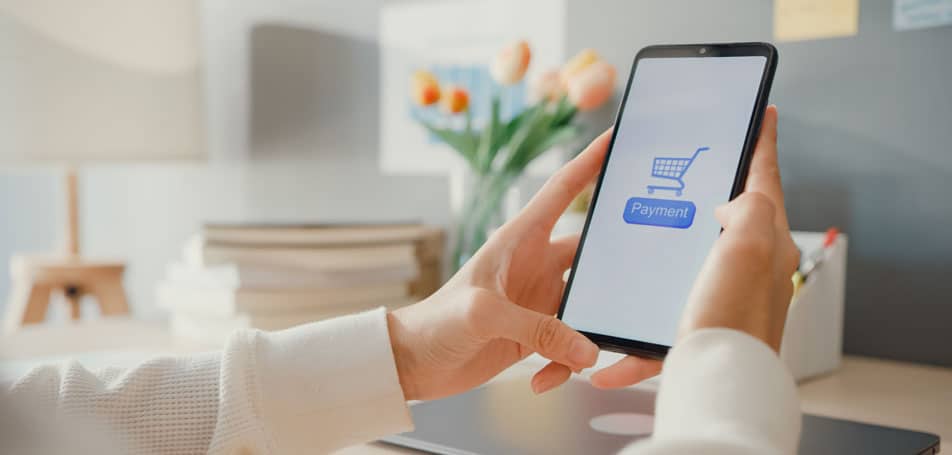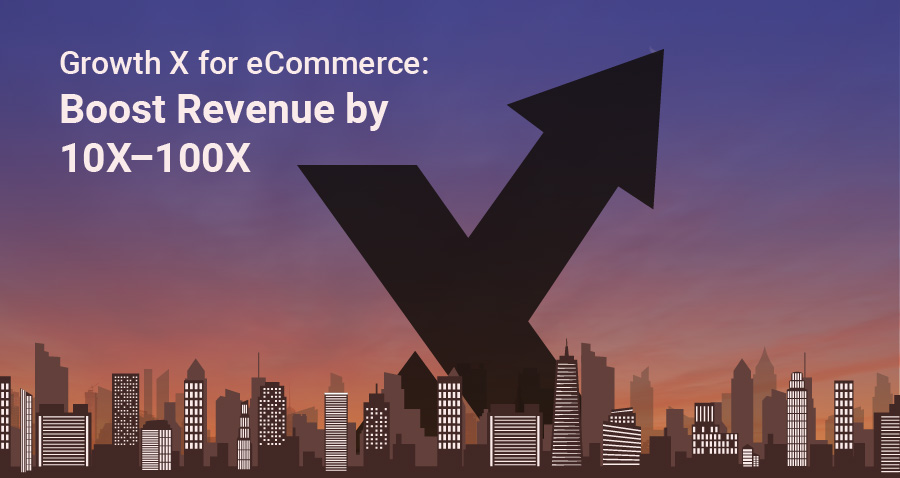
With 2021 now well under way, eCommerce experts have predicted yet another 15% profit boost this year, and the businesses that can successfully personalize their eCommerce experience for customers will stand to benefit the most.
In this article we will outline 5 eCommerce personalization techniques to help you gain deeper insights into leveraging the preferences of your customers, providing a more tailored user experience that increases conversions.
So without further ado, let’s get started:
1) Artificial Intelligence (AI) should be at the core of your personalization
Artificial intelligence has been on the upstream, now being a crucial cog in the flywheel of an optimal customer experience, with numerous AI tools on the market that allows you to give a tailored experience to your customers. It enables personalized marketing with just a few clicks.
Your eCommerce tech stack, be superpowered on the likes of Magento eCommerce or WordPress, or built on website builders like Shopify or Pixpa, can be suitably levelled up with the right level of custom API development, configuration and application development.
Consider tapping into machine learning algorithms to crunch and interpret data in seconds, which in turn enables real-time scalability. This data can then be used to recommend a set of personalized products to your consumers. In theory, this can provide the perfect bespoke user-oriented shopping experience for each unique visitor to your site.
Do Not Forget the Human Touch
An AI-powered algorithm makes things more efficient, and with new AI models like GPT-3 leading the way, we can expect greater innovation in this decade. However, that being said, it is also vital not to fully automate your conversion funnel, and still leave certain touchpoints manually written and personalized.
The human element is still very much essential, so you still need a certain nuance of copywriting and creative intuition that only comes with the human mind, such as using emotional triggers to drive action. The best headlines and copy that inspire curiosity and secondary emotions are more likely to drive customers through your full-funnel, and is best stil done with the touch of a professional copywriter with experience in your niche.
2) Personalized Product Recommendations Based on User-Behavior
Personalized product recommendations can play a huge role in elevating your product’s image and presence online. These recommendations are based on behavioral data, browser data, and session history, which then enable you to provide personalized product recommendations to the user based on their profile.
Statistics have shown that customers are more likely to add items to their cart when they are shown these product recommendations, which ultimately increases the checkout conversion rate and increases the average order value.
Product recommendations on checkout pages seem to work like a charm. And there are two reasons behind it:
- Prior to purchase, the chances of cross-selling & upselling increases up to 80%
- Depending upon the order-size, customers can add more products to their cart, hence increasing your customer lifetime value.
3) Improve Customer Service with Personalized Chat
Personalization is all about knowing your customer. And that includes providing the best customer service to your customers as well.
You can captivate customers with a suite of AI-powered chatbots and live chat tools, which now provide value-added services like embedded chatbots with real-time translation (so you can serve customers in any part of the world), speedy FAQ builders that reduce the guesswork of what burning questions your customers have at that specific moment in time.
Omnichannel customer service now also enables customers to communicate between mobile devices and desktops, and between browsers to chat apps such as WhatsApp.
These power add-ons drastically help to reduce churn in the customer buying journey, as you readily solve and answer any pain points your customers might have whilst mulling their purchasing decision.
4) Dynamic Content Blocks & Overlays
On-site targeting using content-specific groups or segments for your customers is referred to as Dynamic Content Blocks.
These customized banners keep the audience informed about special discount codes, shipping details, and stock availability. Other than this, you also have the option to go for overlays (or pop-ups).
Pop-ups are an underutilized commodity in the eCommerce world, so you have the option to customize them according to your will. You can use these modal pop-ups as sign-up forms for email marketing, or you can use them to promote any upcoming product launch.
Strategically designed content and graphics can also have a massive impact on your conversion rate. Ensure that your site is optimized for the mobile experience, and do not have squashed call-to-actions (CTA), text and images. Note the known “fat-finger problem” on mobile, the well-known design UX/UI problem which demands a high level of thought in designing for mobile phones.
As they say, the devil is in the detail, especially when it comes to personalization. So try to familiarize yourself with your customer as much as possible.
5) Backing Segmentation and Targeting with A/B Testing
A/B testing or split testing is a crucial part of any strategy. The main motive of this testing should be to analyze if the changes you are planning to implement will be worth it or not. Understanding the audience segments based on their spending habits, frequency of buying, and order size can help you in initial categorization.
Other than that, you can use the following tags to summarize your audience:
- High spenders
- Cart abandoners
- Coupon lovers
- One-timers
- Newsletter readers/ebook subscribers
- Registered browsers
- Segmented by location
- Indecisive/Idle shoppers
- Loyal customers
By allotting your audience in one of these segments, you can pretty much eliminate any additional guesswork. Taking this precautionary step can help you in running a smooth personalized campaign for your customers.
To Sum It Up….
Personalization is undoubtedly the key to retaining a loyal customer base and improving their conversion rates. The points mentioned above are a combination of big & small
improvements that you need to implement to get results.
In 2020, marketers saw an average of 20-25% growth in sales when using personalized experience, and this trend is set to only continue. And so while personalizing your eCommerce store can be an intricate task, it can also reap substantial rewards.
















